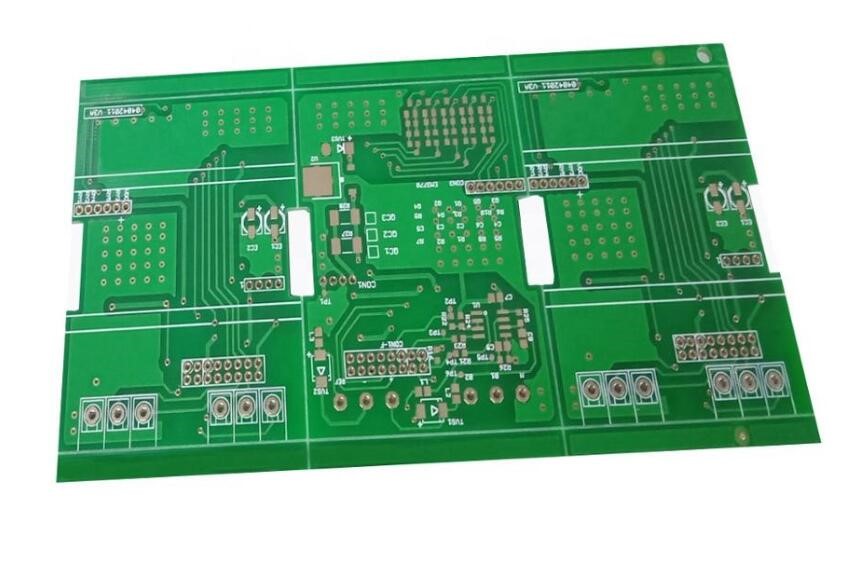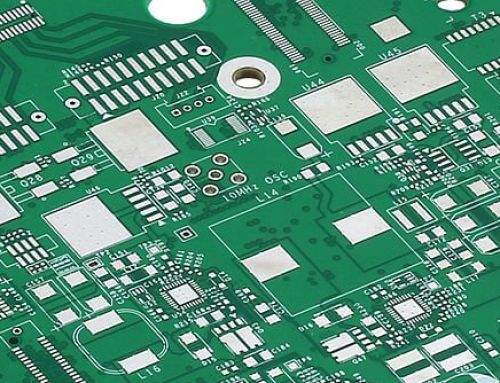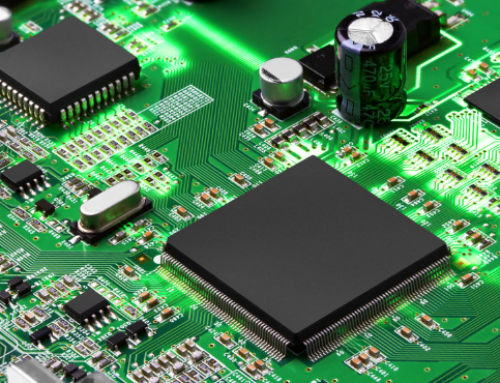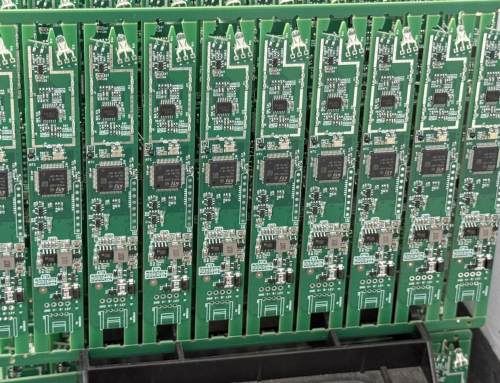What are the common types of PCBA substrates?
The board has different types, and the characteristics and uses of these types are also different. This article describes the common types and specifications of PCBA substrates.
What are the common types of PCBA substrates?
When we are facing electronic products, the PCBA board is a very important part. The board has different
types, and the characteristics and uses of these types are also different. This article describes the
common types and specifications of PCBA substrates.
1. FR4 substrate
FR4 substrate is a very common type of veneer in PCBA processing plants. It is a fiberglass-reinforced
plastic material commonly used in high-frequency and high-speed digital circuits. FR4 substrate has good
mechanical strength and high-temperature resistance, so it is widely used in the design and
manufacturing process of PCB boards. Its insulation performance is
also excellent and generally can meet the need for high levels of reliability.
The general thickness of FR4 is usually 0.4mm, 0.6mm, 0.8mm, and 1.0mm, etc., and FR4 plates of these
thicknesses are suitable for different occasions. In general, the thicker the FR4 board, the higher its
mechanical strength, and the thicker board will be more stable in terms of electrical properties.

2. Aluminum substrate
The aluminum substrate in PCBA production is characterized by heat dissipation, electricity conduction,
corrosion resistance, low cost, good processability, and so on. It is the most commonly used in LED
lighting, high power, high frequency, and other circuit boards. Among them, the LED lighting circuit
board is mainly because the heat of LED is relatively high, heat dissipation is required to reduce the
temperature, and the aluminum substrate has excellent heat dissipation performance in this respect.
The thickness of the aluminum substrate is usually 1.0mm, 1.2mm, 1.5mm, etc. In a circuit board with
large heat output, the aluminum substrate is a excellent choice, which can ensure the long-term
operation and stability of the circuit board.
3. FR1 substrate
The FR1 substrate in PCBA manufacturers is a cheaper substrate than FR4, but its electrical properties
and mechanical strength are lower. Therefore, it is generally only used for low-end PCB circuit board
design and manufacturing.
Its general thickness is 1.0mm, 1.2mm, etc. In relative terms, the production cost of FR1 is low, and it
is a relatively economical choice.
4. High-frequency board
A High-frequency plate is very special. Because it has excellent characteristics for the transmission of
signals, it is very suitable for use in high-frequency circuit design.
High-frequency boards are commonly in use in RF circuits, microwave circuits, antenna circuits, and
similar circuit applications. Its general thickness is generally between 0.2mm and 0.8mm, and compared
with other board types, the cost of high-frequency boards is higher, but its electronic performance is
excellent, and the market demand is also large.
In SUMMARY:
In the PCBA design and manufacturing process, the choice of substrate is very important. Different
substrate types are suitable for different applications and should be selected according to actual
needs. FR4 board takes into account both electrical properties and mechanical strength, is a general
substrate type, and the aluminum substrate has outstanding performance in terms of heat dissipation. The
high-frequency board is suitable for circuit boards that require high-frequency transmission
applications, but its cost is also relatively high compared to other plates.




